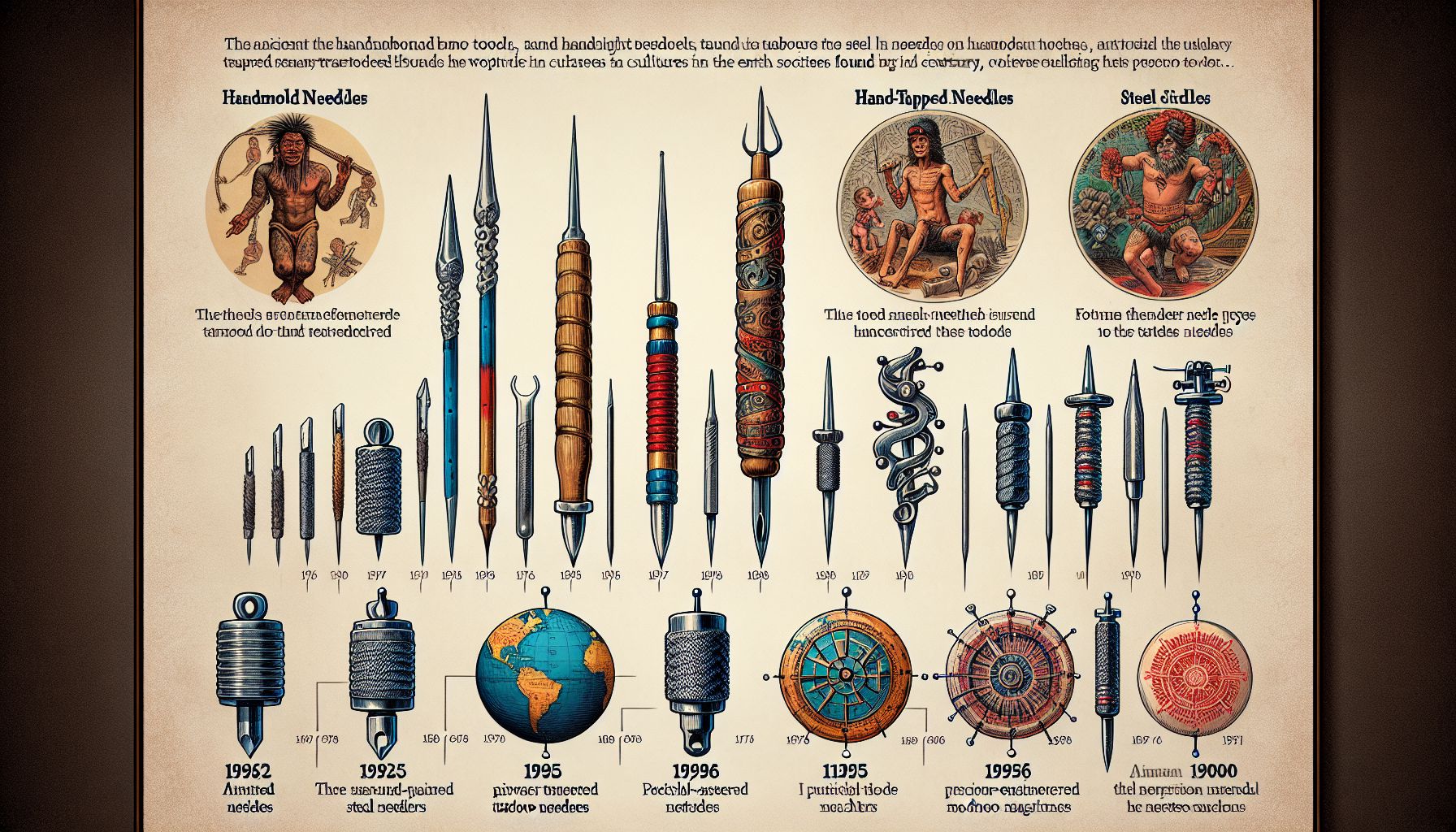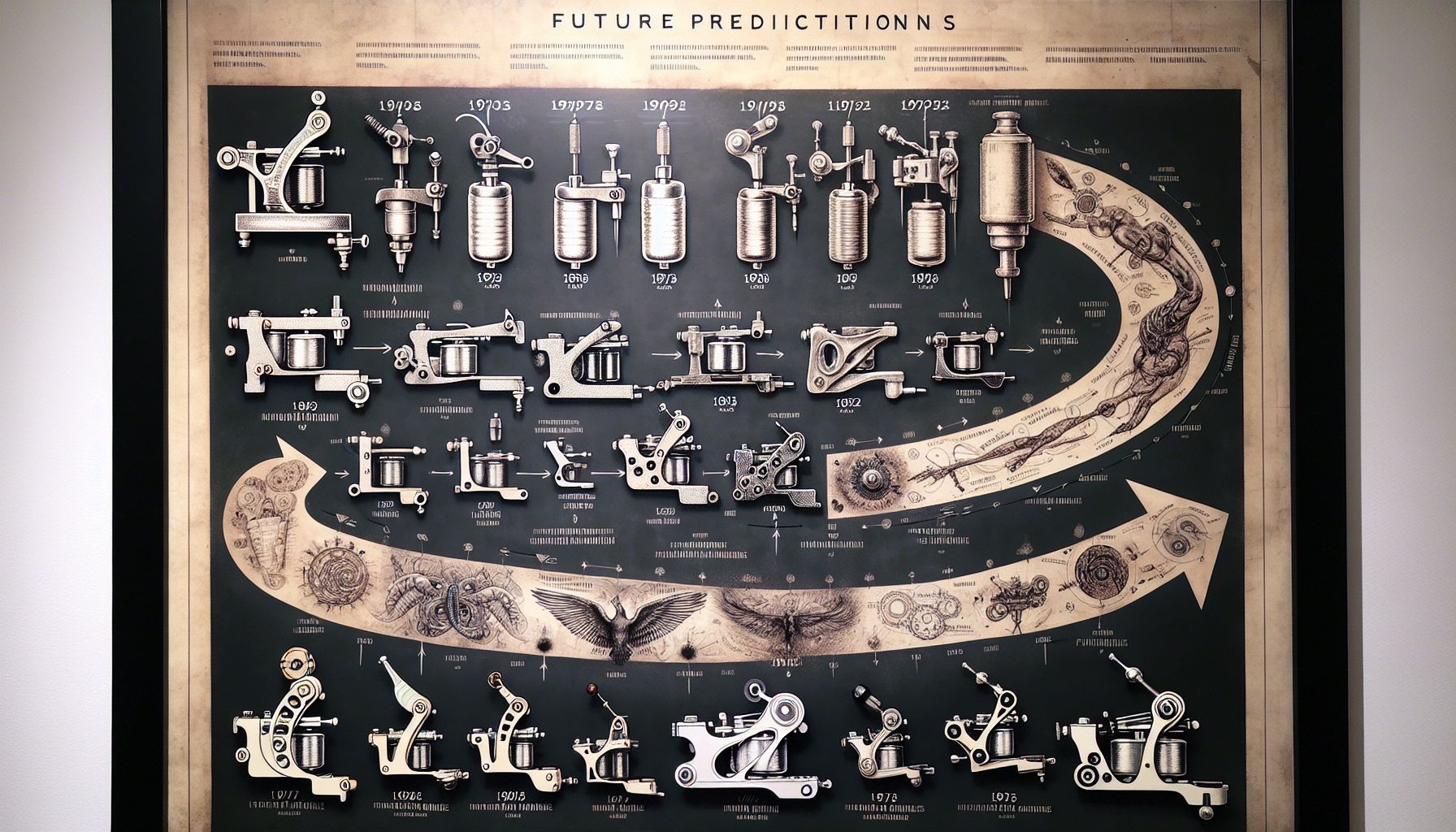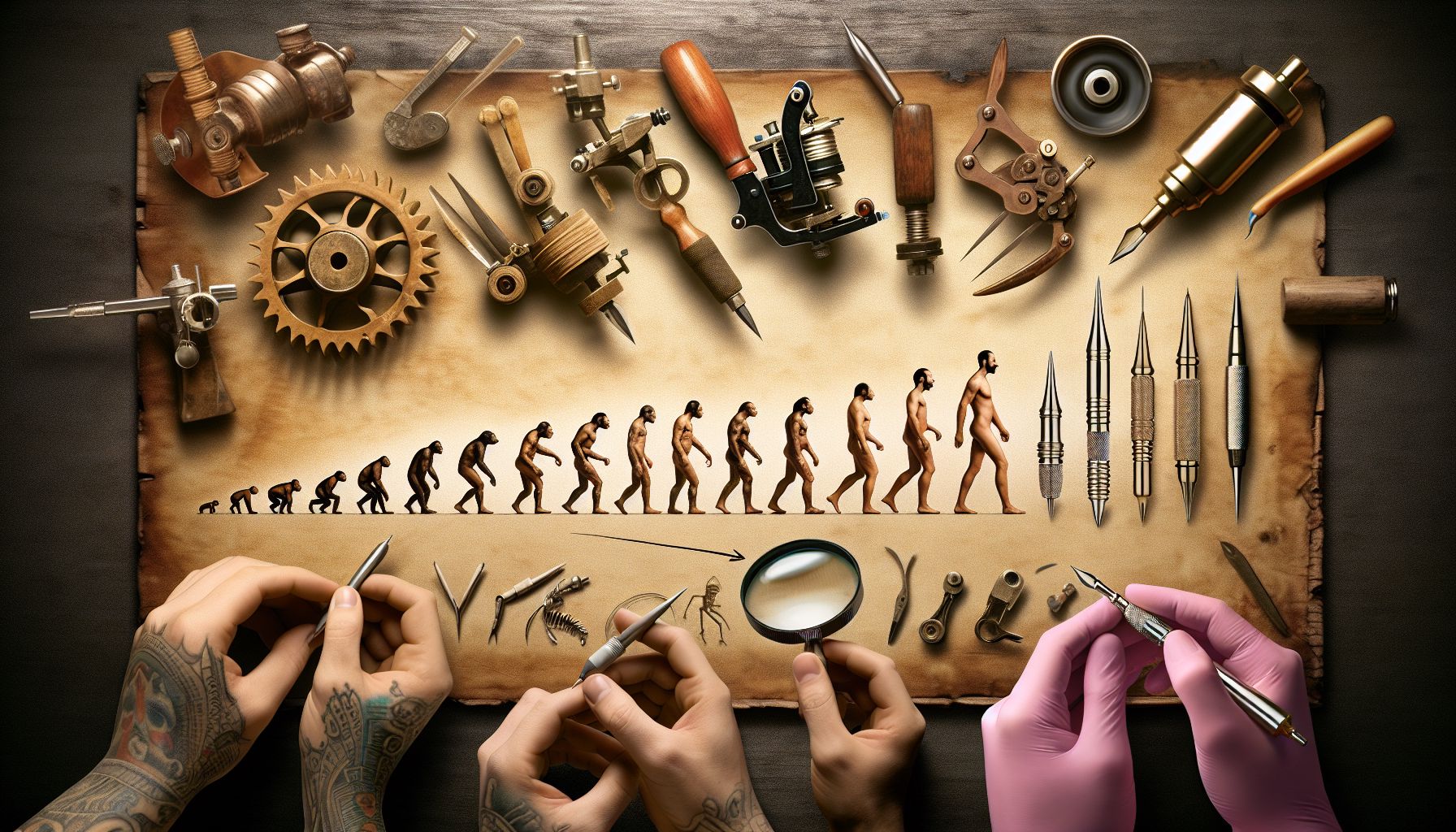When it comes to tattoo supplies, few items are as critical and as evolving as tattoo needles. As a seasoned veteran of the tattoo industry, I’ve seen firsthand the incredible transformation of these essential tools. From the early days of hand-poked tattoos to the high-tech needles we have today, there’s much to explore about these small yet powerful instruments that help bring art to life on the skin.
Tattoo needles influence everything from the precision of the design to the comfort of the client. It’s no surprise, then, that the art and science of creating tattoo needles have advanced significantly over the years. The core of a tattoo needle is simple – a sharp point that can deliver ink into the skin – but the nuances of how these needles are made, shaped, and used are anything but.
In the earliest days of tattooing, needles were crafted from a variety of materials, often natural, such as bone or wood. These were tied together and dipped into ink, then manually poked into the skin. The process was laborious and much less precise than modern standards. Over time, metal needles came into play, and these were a significant upgrade regarding cleanliness and sharpness.
The next leap in needle evolution came with the invention of the electric tattoo machine. Suddenly, artists weren’t limited by their own hand-speed and stamina. The machine did the work of puncturing the skin, allowing artists to focus on the design and flow of the tattoo. With this revolution came the standardized needle bar with rows of needles called liners or shaders, each serving a unique purpose.
Liners are designed for outlining. They are typically tight, allowing the tattoo artist to create crisp, clean lines. Shading needles, on the other hand, vary more in configuration, providing options for textured shading, smooth gradients, and color packing. This distinction is crucial for artists to achieve the specific style and effect they desire.
The modern tattoo needle has come a long way, with configurations identified by numbers and letters that describe their arrangement and type, such as RL (round liner), RS (round shader), or M1 (magnum). With these differentiations, artists can customize their toolkit to match their specific technique and the needs of the tattoo they are creating.
As someone who has tattooed for years, I’ve seen how needle technology has improved not just the quality of tattoos but also the speed and safety with which they can be applied. Current tattoo needles are made of medical-grade stainless steel, ensuring they can be sterilized properly, which is crucial for preventing infections and cross-contamination.
The advent of cartridge needle systems represents the latest innovation in tattoo needle technology. These cartridges allow artists to switch between different needles quickly, which not only saves time but also minimizes interruptions to the creative process. They’re also designed with safety in mind, featuring membranes that prevent ink backflow into the tube and machine, which helps maintain the highest hygiene standards.
But the story of tattoo needles doesn’t end with their design and safety. The choice of needle can significantly affect the tattoo’s healing process. Finer needles tend to cause less trauma to the skin, which typically results in quicker healing times. The depth of the needle penetration, which is controlled by the artist’s skill and the machine’s configuration, also plays a role in how the skin will react and heal after the tattooing session.
Choosing the right needles is an art form in itself. Over the years, I’ve learned that the finest tattoos come from the ability of the artist to match the correct needle configuration with the intended design and application technique. It is this subtlety of choice, the understanding of how different needles behave under the skin, that separates novice tattooists from experienced artists.
To tattoo veterans and new artists alike, investing in high-quality needles is a no-compromise aspect of stocking your studio with tattoo supplies. In the ever-advancing landscape of the industry, being informed about the types of needles available and their best uses is not just about technique—it’s about ensuring client safety, satisfaction, and artistry.
In conclusion, the journey of the tattoo needle has mirrored the journey of tattooing itself – from a craft steeped in ancient practices to a modern art form embracing technology and innovation. As an online seller and industry veteran, I cannot emphasize enough the importance of understanding and utilizing the best tattoo needles as vital tools of our trade. Bearing this in mind, my essential advice for artists is to always keep learning and evolving with the industry, and that starts by choosing the right tattoo supplies. Your work will not only be a testament to your skill but also to the rich history and continuous innovation of tattooing.



